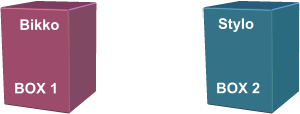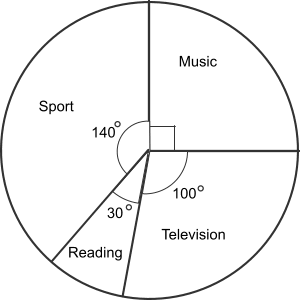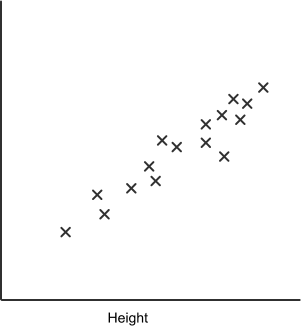This page, and all sections of the National Curriculum Resource Tool, will be removed in summer 2024. Find out more
- National Curriculum Tool
- KS3 - Probability and Statistics
KS3 - Probability and Statistics
New Curriculum
Probability
Pupils should be taught to:
- record, describe and analyse the frequency of outcomes of simple probability experiments involving randomness, fairness, equally and unequally likely outcomes, using appropriate language and the 0-1 probability scale
- understand that the probabilities of all possible outcomes sum to 1
- enumerate sets and unions/intersections of sets systematically, using tables, grids and Venn diagrams
- generate theoretical sample spaces for single and combined events with equally likely, mutually exclusive outcomes and use these to calculate theoretical probabilities
Statistics
Pupils should be taught to:
- describe, interpret and compare observed distributions of a single variable through: appropriate graphical representation involving discrete, continuous and grouped data; and appropriate measures of central tendency (mean, mode, median) and spread (range, consideration of outliers)
- construct and interpret appropriate tables, charts, and diagrams, including frequency tables, bar charts, pie charts, and pictograms for categorical data, and vertical line (or bar) charts for ungrouped and grouped numerical data
- describe simple mathematical relationships between two variables (bivariate data) in observational and experimental contexts and illustrate using scatter graphs


